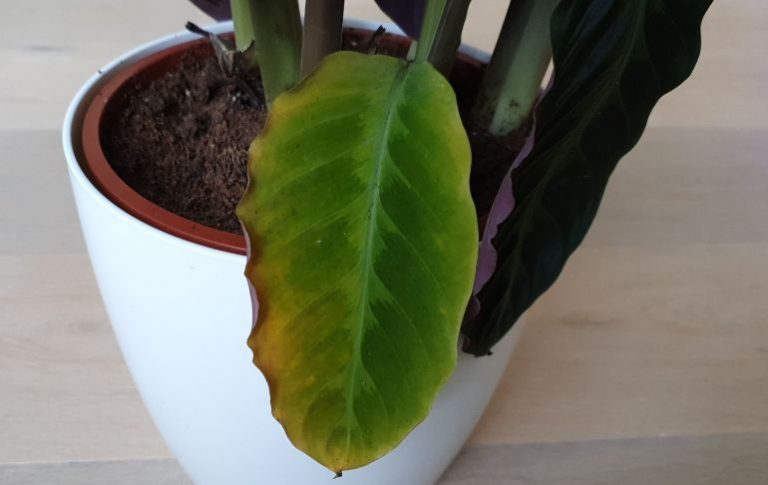Understanding the Unique Needs of Ficus Elastica
Ficus Elastica, commonly known as the Rubber Plant, is a popular houseplant renowned for its attractive, dark green leaves and ability to thrive in indoor environments. Native to the tropical regions of Southeast Asia, this plant has adapted to survive in low-light conditions, making it an ideal choice for homes and offices. To ensure optimal growth and health, it’s essential to understand the specific requirements of Ficus Elastica, including its need for bright, indirect light and consistent temperatures between 65-75°F (18-24°C). By learning how to care for Ficus Elastica, you can provide the necessary conditions for it to flourish and enjoy its many benefits. With proper care, this plant can grow up to 8 feet tall and live for many years, making it a valuable addition to any indoor space.
Providing the Right Environment: Lighting, Temperature, and Humidity
Creating an ideal environment is crucial for the health and growth of Ficus Elastica. To thrive, this plant requires bright, indirect light, but not direct sunlight, which can cause leaf scorch. East- or west-facing windows are perfect for providing the necessary light. In terms of temperature, Ficus Elastica prefers consistent temperatures between 65-75°F (18-24°C), making it an ideal choice for indoor spaces. Humidity is also essential, with a recommended level of 40-60%. To achieve this, you can place the plant on a tray filled with water and pebbles or use a humidifier. By understanding how to care for Ficus Elastica and providing the right environment, you can ensure your plant grows strong and healthy. Additionally, maintaining a consistent environment will help prevent common issues, such as yellowing leaves and slow growth.
Watering Wisdom: Avoiding Overwatering and Underwatering
Watering is a crucial aspect of how to care for Ficus Elastica, as it can be prone to overwatering and underwatering. Overwatering can lead to root rot, causing the plant to decline rapidly. On the other hand, underwatering can cause the leaves to turn yellow and drop. To avoid these common mistakes, it’s essential to check the soil moisture regularly. Stick your finger into the soil up to the first knuckle, and if the soil feels dry, it’s time to water. Water your Ficus Elastica thoroughly, making sure the pot drains well to prevent waterlogged soil. A good rule of thumb is to water every 1-2 weeks during the spring and summer months when the plant is actively growing, and every 4-6 weeks during the fall and winter months when the plant is dormant. Additionally, monitor your plant’s response to watering, and adjust your schedule accordingly. By understanding how to care for Ficus Elastica and watering correctly, you can prevent common issues and ensure your plant thrives.
Fertilizing for Optimal Growth and Health
Fertilizing is a crucial aspect of how to care for Ficus Elastica, as it provides essential nutrients for optimal growth and health. Ficus Elastica is a heavy feeder and requires regular fertilization to maintain its vibrant green color and promote healthy growth. When choosing a fertilizer, opt for a balanced, water-soluble fertilizer with a ratio of 20-20-20 (nitrogen-phosphorus-potassium). Dilute the fertilizer to half the recommended strength to prevent burning the roots. Fertilize your Ficus Elastica every 2-3 weeks during the growing season (spring and summer) and every 4-6 weeks during the dormant season (fall and winter). Avoid fertilizing during periods of extreme temperatures, drought, or when the plant is stressed. Additionally, consider using organic fertilizers, such as compost or manure tea, which provide a slow release of nutrients and promote beneficial microbial activity in the soil. By fertilizing correctly, you can ensure your Ficus Elastica receives the necessary nutrients to thrive and maintain its beautiful appearance.
Pruning and Grooming: Maintaining Shape and Promoting Healthy Growth
Pruning and grooming are essential aspects of how to care for Ficus Elastica, as they help maintain the plant’s shape, promote healthy growth, and remove dead or damaged leaves. Pruning encourages the plant to grow bushy and full, while also controlling its size and shape. To prune your Ficus Elastica, use clean, sharp scissors or pruning shears to remove any dead or damaged leaves or stems. Cut back long stems to encourage branching, and remove any weak or spindly growth. Regular pruning also helps to maintain air circulation and prevent fungal diseases. In addition to pruning, regular grooming is necessary to keep your Ficus Elastica looking its best. Gently dust the leaves with a soft-bristled brush or a damp cloth to remove any dirt or debris. This helps to maintain the plant’s natural shine and promotes healthy growth. By pruning and grooming your Ficus Elastica regularly, you can keep your plant looking healthy and thriving, and ensure it continues to grow and flourish.
Pest Control and Common Problems: Identifying and Solving Issues
When it comes to how to care for Ficus Elastica, pest control and common problems are essential aspects to consider. Ficus Elastica is susceptible to various pests and diseases that can affect its health and appearance. Common pests that can infest Ficus Elastica include spider mites, mealybugs, and scale. These pests can cause yellowing leaves, white powdery residue, and sticky honeydew droplets on the leaves. To control pests, inspect your plant regularly, and isolate infested plants to prevent the spread of the infestation. Use insecticidal soap or neem oil to treat infestations, and repeat the treatment as necessary. Additionally, maintain good air circulation, and avoid overwatering, which can exacerbate pest problems. Root rot is another common issue that can affect Ficus Elastica, caused by overwatering and poor drainage. To prevent root rot, ensure your pot has good drainage holes, and avoid watering your plant too frequently. If you notice signs of root rot, such as soft, mushy stems and yellowing leaves, repot your plant in fresh, well-draining soil. By being aware of these common pests and problems, you can take proactive steps to prevent them and ensure your Ficus Elastica remains healthy and thriving.
Repotting and Propagation: Giving Your Rubber Plant a Fresh Start
When it comes to how to care for Ficus Elastica, repotting and propagation are essential aspects to consider. Repotting your Ficus Elastica is necessary to provide fresh soil, a larger pot, and to prune the roots. This process should be done every 1-2 years, as the plant outgrows its container. To repot, choose a pot that is only 1-2 sizes larger than the current one, and use a well-draining potting mix. Gently remove the plant from its pot, taking care not to damage the roots. Trim away any circling or dead roots, and place the plant in its new pot. Water thoroughly, and monitor the plant’s adjustment to its new environment. Propagation is another way to give your Ficus Elastica a fresh start. This can be done through stem cuttings or leaf propagation. To propagate through stem cuttings, cut 4-6 inch stems from the mother plant, remove lower leaves, and plant them in a moist potting mix. Keep the soil consistently moist, and roots should develop within 1-2 months. Leaf propagation involves removing healthy leaves from the mother plant, allowing them to dry for a few days, and then planting them in a moist potting mix. By repotting and propagating your Ficus Elastica, you can provide your plant with a fresh start, promote healthy growth, and even share new plants with friends and family.
Troubleshooting Common Issues: Solving Problems and Preventing Future Ones
When it comes to how to care for Ficus Elastica, troubleshooting common issues is an essential part of maintaining a healthy and thriving plant. One common issue is yellowing leaves, which can be caused by overwatering, underwatering, or too much direct sunlight. To solve this problem, adjust the watering schedule, provide filtered sunlight, and fertilize regularly. Another issue is droopy stems, which can be caused by a lack of humidity, too much water, or root bound conditions. To prevent droopy stems, maintain a humid environment, avoid overwatering, and repot the plant every 1-2 years. Slow growth is another common issue, which can be caused by a lack of nutrients, insufficient light, or inadequate pruning. To promote healthy growth, fertilize regularly, provide bright indirect light, and prune the plant regularly to maintain its shape and promote new growth. By being aware of these common issues and taking proactive steps to prevent them, you can ensure your Ficus Elastica remains healthy and thriving. Remember, how to care for Ficus Elastica involves being attentive to your plant’s needs and taking prompt action to address any issues that arise. With the right care and attention, your Ficus Elastica can bring beauty and freshness to your indoor space for years to come.






